By Evan Plant-Weir
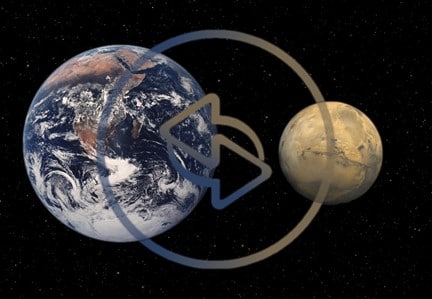
The assertion “we need to protect Earth” is almost invariably met with heartfelt agreement.
The fragility of our ecosystem, and the part we have to play in caring for it is well understood. Our efforts (or lack thereof) on that project are justifiably a matter of debate and political action.
We have a great deal of work to do, and some of us still need convincing but for the most part we get it; it’s up to us humans to see that this planet either flourishes or withers at the hand of our technologies and policy.
In contrast, the proposition “we need to go to Mars” is often met with some flavor of confused disapproval. On the surface this reaction is understandable. The task of learning to function as a planetary civilization without destroying the planet is an immense challenge that requires commitment and focus.
How could we consider adopting a second home before we learn to conduct ourselves responsibly on this one? Why would we allocate money to Mars when our resources are so badly needed here at home? These concerns often hinge upon a single but substantial misunderstanding.
Investment in Mars means divestment from Earth. Doesn’t it?
Understandable though this criticism may be, it is nevertheless misplaced. Not only is going to Mars a worthwhile allocation of (some of) our collective resources, it is also a vital goal precisely because it will offer profound support to the project of caring for Earth.
The claims “we need to protect Earth” and “we need to go to Mars” are not mutually exclusive. Rather, these are highly complementary endeavors.
The idea that we have to choose is an illusion.
Putting humans on the red planet (to stay) will not be a diversion of resources away from Earth. It will be an investment towards precious technologies that can enhance our ability to live on and care for both worlds.
Far from speculation, this process of adapting technology from space-based activities to application on Earth has already been thoroughly demonstrated.
Small Beginnings
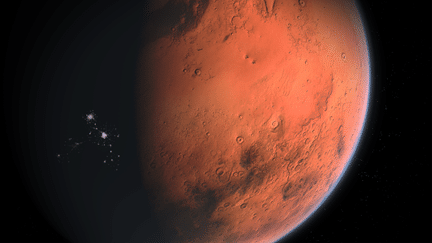
At the time of writing, there are 7 astronauts aboard the international space station. Out of 7.6 billion humans, 7 of us are engaged in activities beyond the atmosphere and nobody has stepped foot on another planetary body for nearly half a century.
NASA was given a budget of 22.6 billion dollars in 2020. This constitutes less than one half of one percent of planned government spending. For the sake of adding some perspective to what might otherwise sound like a large number, consider that Americans spend approximately 37 billion dollars annually on pizza.
Resource allocation to the best-funded national space agency is substantially less than the collective spending on a single category of comfort food in the same country.
(Hey, I’m not judging. I contributed heavily to that statistic.)
Relative to the vast field of discovery and innovation that awaits us through space exploration, we have barely scuffed the veneer with all our combined efforts thus far. Yet even now, in what will ultimately be remembered as the infancy of human spacefaring, we have already derived numerous valuable technologies from our efforts in space. A great many of these innovations are being applied both directly and indirectly to the task of caring for Earth.
The View from Above
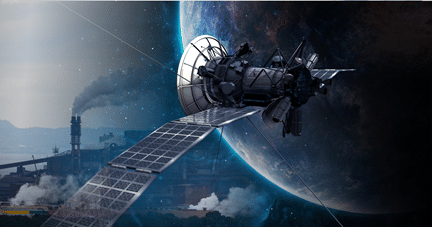
In order to tackle climate change, it is not enough to simply know that greenhouse gas emissions are a problem. Managing a complex global issue requires data on a global scale. Earth observing satellites are a cornerstone technology in tracking the source and potency of problematic emissions. This information is critical for policy development.
Not only have satellites radically augmented human life through technology such as modern communication and GPS systems, they are also serving as a core data source for learning to steward our home world.
The establishment of a human presence on Mars will – by necessity – further catalyze significant innovation in various technologies including satellite imagery and communications. As we adapt and optimize those systems to accommodate the new and unique challenges of a second world, we will be refining our ability to monitor the health of this one.
The value of this process, known as technology transfer, where systems developed in space translate to applications here on Earth cannot be overstated. Space is a highly exotic and challenging environment in which to conduct science and engineering. It pushes our best minds out into the edges of what is currently achievable in ways that other endeavors cannot. In doing so, it offers a unique and virtually limitless platform for discovery.
Knowledge is Power
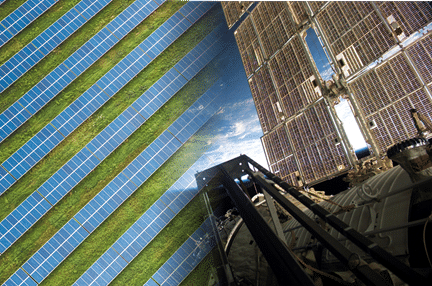
Our ability to navigate towards a sustainable future on Earth will depend largely on whether we can follow through on the project of sustainable energy generation.
Solar power is perhaps front and center in our efforts to actualize that goal, given the immense potential energy made available to us in sunlight. It is even conceivable that we could one day satiate the energy requirements of our entire species with solar power alone.
One of the key drivers in the development of solar panels has been their usefulness beyond our atmosphere. In fact, a great deal of innovation in solar energy has been derived directly from efforts in space. NASA has invested significant resources into optimizing the cost and efficiency of this technology.
As with satellites, the exploration and settlement of Mars will spur vigorous development in solar power and other energy systems within a novel environment.
Technology transfer from space to Earth goes far beyond satellites and solar panels. These are only two straightforward examples from a multitude of systems and processes rendered through space-based activities.
The number of crucial innovations originating from space exploration are numerous, and they fulfill various needs in health and medicine, sustainable agriculture, materials engineering, efficient water use, transportation, public safety, information technology and much more.
As valuable as these discoveries have been to us and our planet, they constitute a mere shadow of what is available if we are to pursue a multi-planetary future.
By spending a tiny fraction of our resources in order to send a few people into space from time to time, we are already learning how to better understand and protect our planet.
Establishing a permanent presence on Mars will provide these benefits on an incomparable scale.
The Stewards of Life
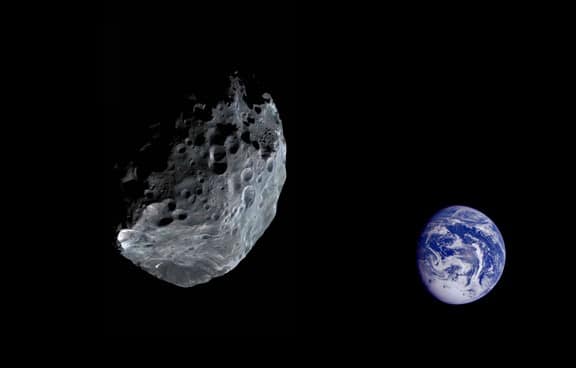
The scientific and technological growth we stand to gain through Mars is a near-term reward. By learning to live there in a sustainable manner, we will almost certainly uncover valuable tools for better stewardship of our home planet within the next century.
The greatest benefit for Earth from going to Mars, however, is found in the long-term. Ultimately, adopting a new world it is the only chance that life from this planet has. Sooner or later planet Earth will suffer its next non-anthropogenic extinction event.
This is not a question of if, but when.
Whether it be sterilization by an unlucky gamma-ray burst, the next Chicxulub sized asteroid, or simply the inevitable death of our sun; eventually life will be extinguished on this world.
This uncomfortable fact is often tucked away on a shelf labeled ‘no sense worrying about something we cannot control’, or alternatively filed away in the ‘that won’t happen for a very long time’ drawer.
Both reactions constitute a different style of sticking one’s head in the sand. The truth is that we can do something about it, and the timescales are irrelevant.
We are the only ticket off this planet for complex life. Should we choose not to spread to new worlds, we will be committing life as we know it to an eventual death sentence. It may well be that this sentence won’t be carried out for millions or billions of years, but that only sounds like a long time in human terms.
In the grand timeline of the cosmos, the demise of our entire ecosystem is just around the corner. If we truly care about the environment from a deep ecology perspective, it shouldn’t matter that it’s going to take a while.
The day will come that Earth is rendered inhospitable. At that time, either Terran life will be with us amongst the stars, or it will join us in the ashes.
It might at first seem counterintuitive, but the means to make things right here on Earth are perhaps largely found away from it. In order to become better stewards of our home, humanity needs to learn and grow. We need new dreams, new beginnings and to stretch beyond the nest.
It is within the lessons learned during our collective adolescence as a space faring species that we can transition from the disruptors of life on Earth, to those that can one day save it.

Evan Plant-Weir HBSc, is co-founder of The Mars Society of Canada. He is a passionate space exploration advocate, creative writer, science communicator, and content creator. Access Evan’s LinkedIn Page.